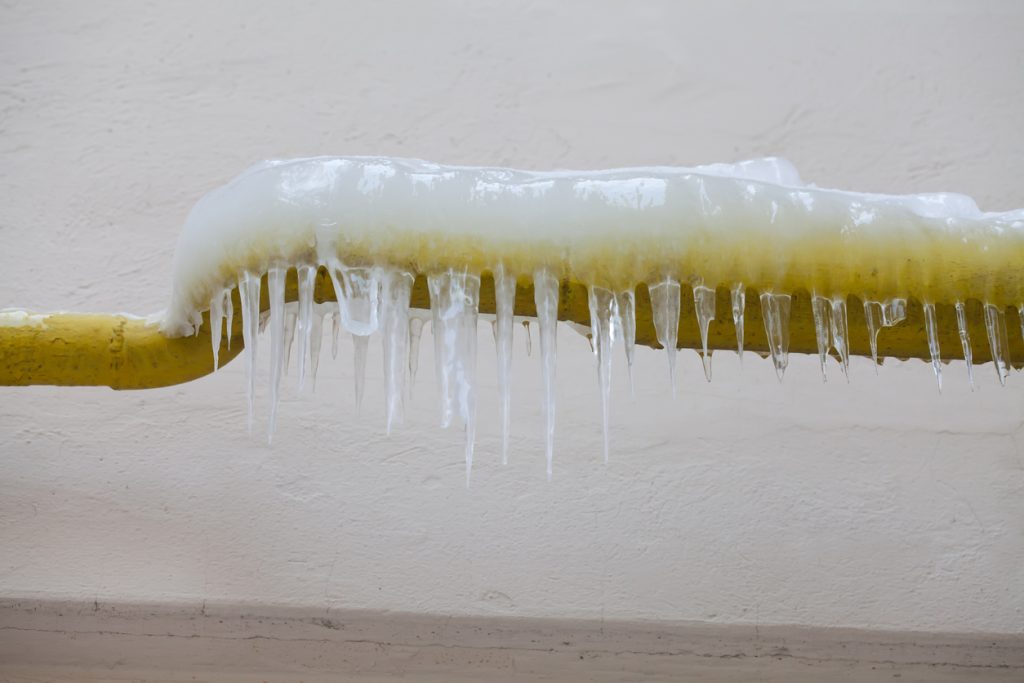Tips to Safeguard Pipes from Freezing: Professional Guidance
Tips to Safeguard Pipes from Freezing: Professional Guidance
Blog Article
We've stumbled upon this great article involving How To Avoid Freezing Pipes below on the net and concluded it made sense to share it with you on this page.

Cold weather can ruin your pipes, particularly by freezing pipes. Below's exactly how to stop it from occurring and what to do if it does.
Intro
As temperatures decrease, the threat of icy pipes boosts, possibly leading to expensive fixings and water damage. Understanding exactly how to stop icy pipelines is crucial for property owners in chilly environments.
Comprehending Icy Pipelines
What triggers pipelines to ice up?
Pipes freeze when subjected to temperatures below 32 ° F (0 ° C) for extended periods. As water inside the pipes ices up, it increases, taxing the pipe walls and possibly creating them to rupture.
Dangers and damages
Frozen pipes can result in water system disruptions, building damage, and costly repair services. Ruptured pipelines can flooding homes and cause comprehensive structural damage.
Signs of Frozen Pipeline
Determining frozen pipes early can avoid them from bursting.
How to identify frozen pipelines
Seek lowered water circulation from faucets, unusual smells or sounds from pipes, and visible frost on revealed pipelines.
Prevention Tips
Insulating at risk pipelines
Wrap pipelines in insulation sleeves or utilize heat tape to shield them from freezing temperatures. Concentrate on pipelines in unheated or exterior locations of the home.
Heating methods
Keep indoor rooms sufficiently warmed, specifically areas with plumbing. Open cabinet doors to allow warm air to flow around pipelines under sinks.
Shielding Exterior Pipes
Garden hose pipes and outdoor taps
Separate and drain garden hoses prior to wintertime. Set up frost-proof spigots or cover exterior faucets with insulated caps.
What to Do If Your Pipelines Freeze
Immediate actions to take
If you suspect icy pipes, maintain faucets open up to eliminate pressure as the ice thaws. Utilize a hairdryer or towels taken in hot water to thaw pipelines slowly.
Long-Term Solutions
Architectural adjustments
Think about rerouting pipes away from outside walls or unheated areas. Include extra insulation to attics, cellars, and crawl spaces.
Upgrading insulation
Purchase high-grade insulation for pipes, attics, and walls. Proper insulation helps keep regular temperature levels and minimizes the risk of icy pipes.
Final thought
Avoiding icy pipes calls for aggressive measures and quick reactions. By comprehending the causes, indications, and preventive measures, house owners can secure their plumbing during cold weather.
5 Ways to Prevent Frozen Pipes
Drain Outdoor Faucets and Disconnect Hoses
First, close the shut-off valve that controls the flow of water in the pipe to your outdoor faucet. Then, head outside to disconnect and drain your hose and open the outdoor faucet to allow the water to completely drain out of the line. Turn off the faucet when done. Finally, head back to the shut-off valve and drain the remaining water inside the pipe into a bucket or container. Additionally, if you have a home irrigation system, you should consider hiring an expert to clear the system of water each year.
Insulate Pipes
One of the best and most cost-effective methods for preventing frozen water pipes is to wrap your pipes with insulation. This is especially important for areas in your home that aren’t exposed to heat, such as an attic. We suggest using foam sleeves, which can typically be found at your local hardware store.
Keep Heat Running at 65
Your pipes are located inside your walls, and the temperature there is much colder than the rest of the house. To prevent your pipes from freezing, The Insurance Information Institute suggests that you keep your home heated to at least 65 degrees, even when traveling. You may want to invest in smart devices that can keep an eye on the temperature in your home while you’re away.
Leave Water Dripping
Moving water — even a small trickle — can prevent ice from forming inside your pipes. When freezing temps are imminent, start a drip of water from all faucets that serve exposed pipes. Leaving a few faucets running will also help relieve pressure inside the pipes and help prevent a rupture if the water inside freezes.
Open Cupboard Doors
Warm your kitchen and bathroom pipes by opening cupboards and vanities. You should also leave your interior doors ajar to help warm air circulate evenly throughout your home.

As an enthusiastic person who reads about Winter Plumbing Precautions: Preventing Frozen Pipes, I imagined sharing that short article was a great idea. Loved our content? Please share it. Let someone else locate it. Thank-you for your time spent reading it.
Schedule Your Job Now Report this page